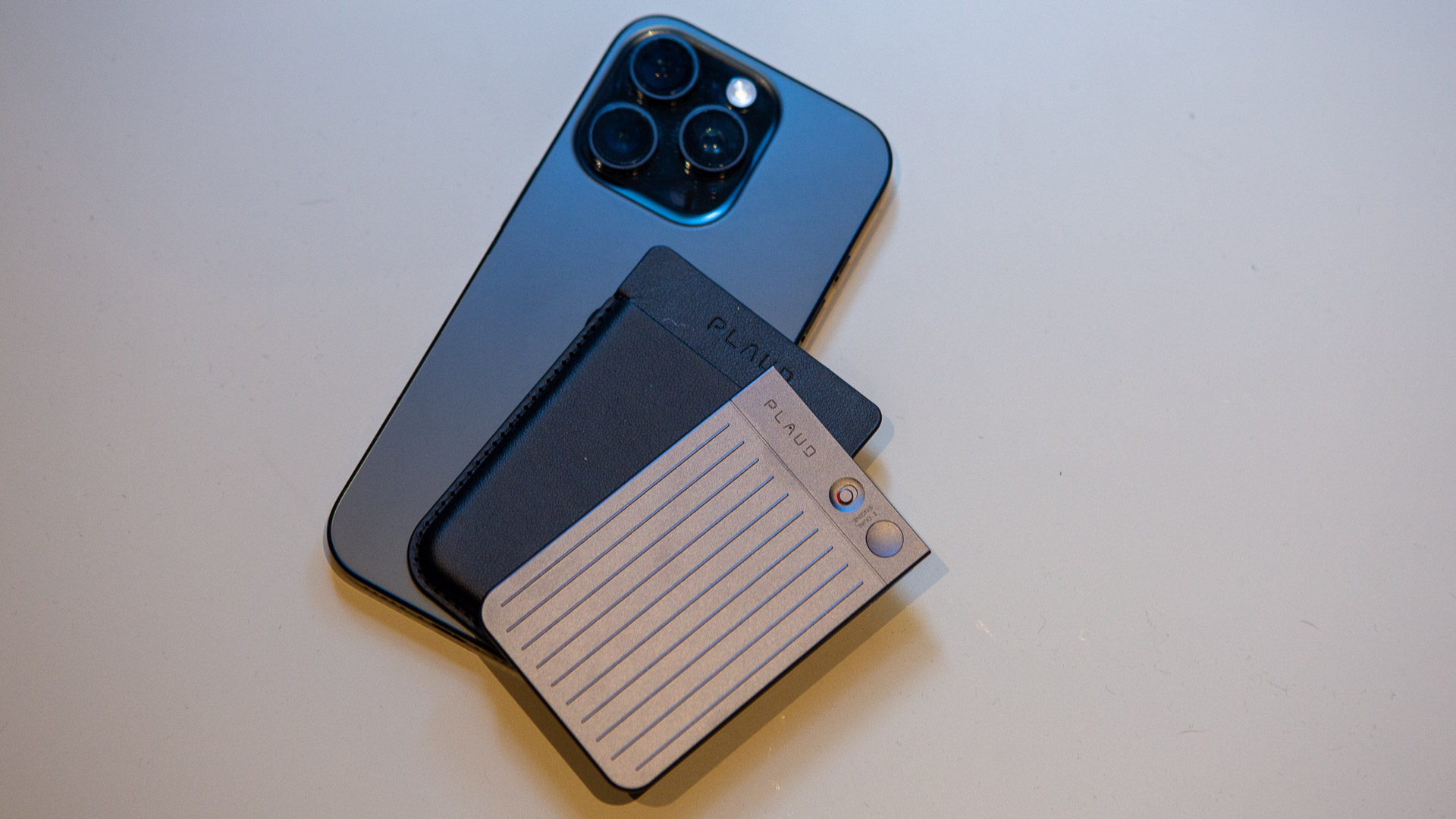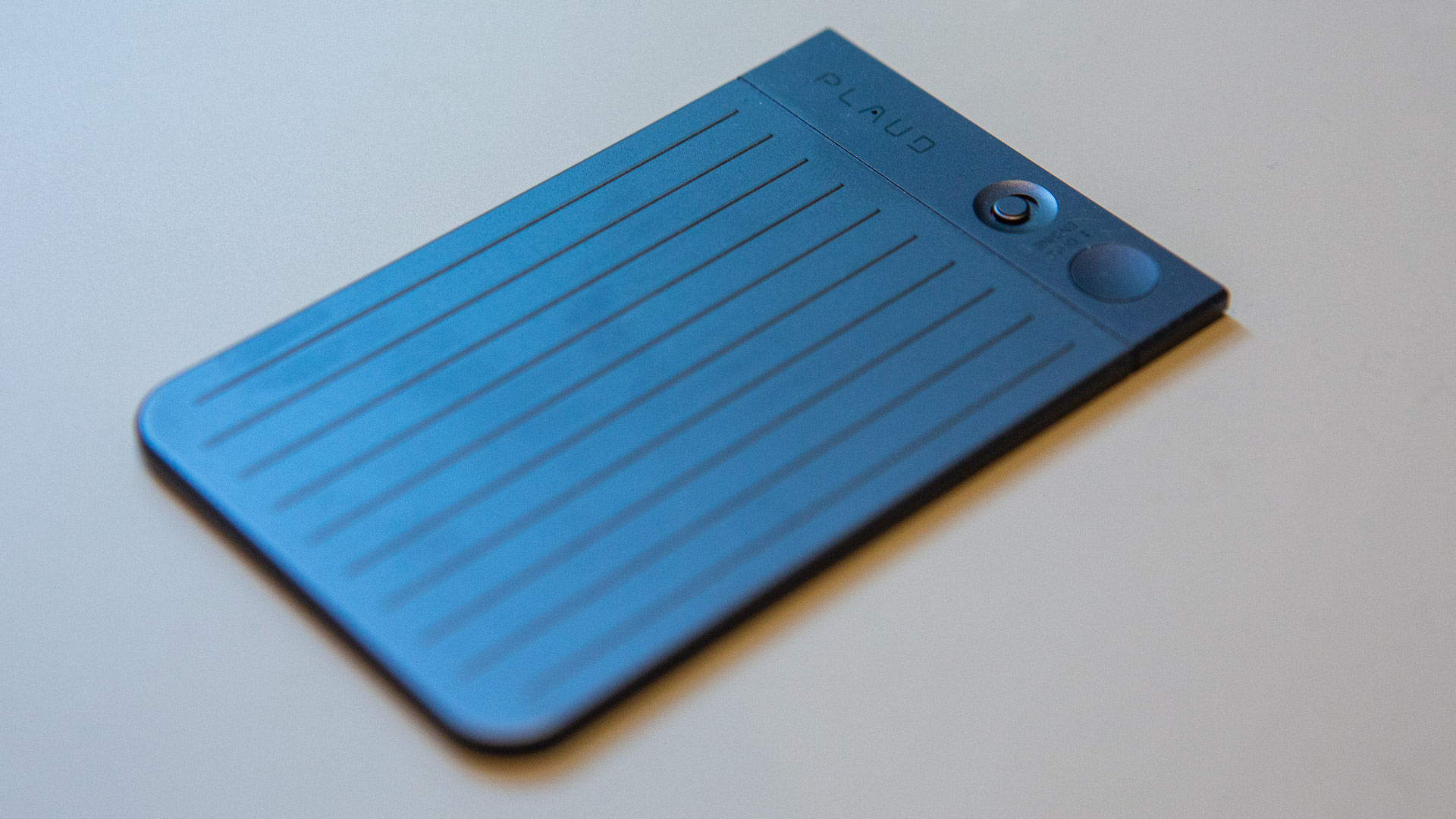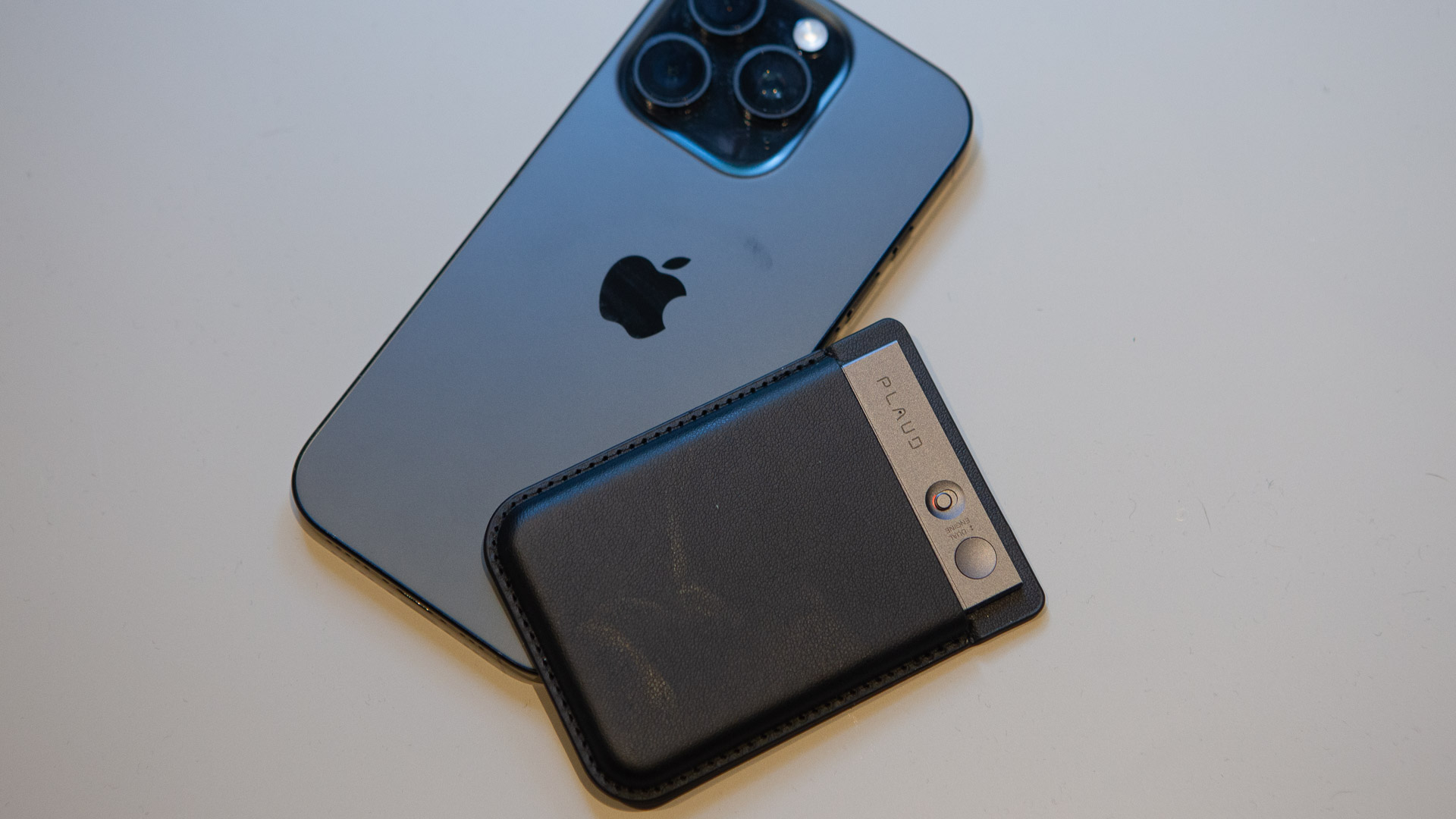Plaud is an advanced notetaker that uses Artificial Intelligence to transcribe voice notes from meetings, lectures or calls and provides summaries and insights. It comes in the form of two physical recording devices and has a subscription mode for the amount of audio you can process. So what makes it different to the free options on the market?
Having used various note takers and transcription tools over the years, I tried Plaud AI on my meetings over the last week and found that it far outperformed other options. It seems that not all AI notetakers are equal, so if you need better results, it’s worth investing.
AI transcription tools are some of the best uses of artificial intelligence to date. What once required hours of playback and pausing with lightning-fast typing now just takes a click and a few seconds to process. The results are rarely perfect, though. Strong accents or background noise can cause the AI to wrongly identify words or turn sections unintelligible.
(Image credit: Future)
Meet the Plaud Note
I was expecting Plaud AI to deliver similar results, but the transcriptions and summaries I received really impressed me. I used the Plaud Note, a device around the size of a credit card (though a little thicker at 2.99mm) that fits into a magnetic wallet to attach to the back of your phone. The advantage of this model is that you can use it for phone calls as well as in-person meetings, as it can pick up the vibrations from the phone, even without switching to speaker.
The alternative option is the Plaud NotePin, which is a pill-shaped device roughly the size of your thumb that can be worn on a necklace or bracelet, clipped or pinned magnetically to your clothing. This allows it to be worn all day, with up to 20 hours of continuous recording and 45 days of standby battery.
The Plaud Note offers a great 30 hours of continuous recording and 60 days of standby battery, making it even better for heavy usage. Plus, keeping it attached to my phone made more sense for the way I use my recordings.

(Image credit: Future)
One button recording
To record, you simply long-press the button on the device, making it far quicker than digging into your phone apps to find your voice recorder. Once you’ve finished, simply long-press the button again to stop recording. Both devices offer 64GB of storage.
To listen back to the recording and to generate the transcriptions, you first need to transfer it to your phone, using the Plaud app. This is available for both iOS and Android and connects by Bluetooth to your device. For faster transfer, the app can also use a Wi-Fi connection by setting up as a hotspot. There’s also the option to connect the device to a computer using a wired connection, should you wish.
Once the recording is in the app, you can quickly generate the transcript, which takes less than 30 seconds for a 30-minute recording. This supports 112 different languages and claims an accuracy of up to 97%. My first recording was of a video call with a PR in China, and even with a strong accent, it handled the transcription really well. It’s not perfect by any means, but it’s far better the live translation from my phone – which I ran in tandem with the Plaud recording.

(Image credit: Future)
AI Summary
Alongside the transcription, you can generate a range of summaries using either the autopilot mode to pick the most appropriate style or use one of the preset templates. These include over 30 styles such as meeting, speech, call, interview, medical, sales, education, legal, real estate and financial templates. I really like the detailed summary option, as it breaks down all parts of the call.
The AI system used not only allows this solid summarisation of your audio, but can also answer questions on the recordings. This can save you trawling through your recordings for certain bits of information and lets you chat as if you’re asking someone else that was on the call.

(Image credit: Future)
Is it worth it?
There is a downside to the Plaud AI system though. Firstly, you need to carry a second device with you. The Plaud Note attaches to the back of your phone in a magnetic wallet, while the Plaud NotePin can be worn, so it’s easy enough, but it’s still more than just having your phone. From the app you you can actually record from the phone too, if you wish, which does mean you can still record without the physical device.
The other slight drawback is the cost. When you purchase either of the two devices for £149.90 / $159 / €169,90 you get 300 minutes of transcription each month and a limited usage of the summaries. To get more minutes you need to pay a monthly or annual fee, which starts from £8.33 per month or £99.99 / $99.99 a year. You can also buy packages of minutes, as you would phone data, should you run out.
This does make the whole process relatively expensive, compared to transcribing using your phone’s built in system. Overall, I’d say if you transcribe meetings regularly for work or study, it’s still worth paying for Plaud AI. However, as in-phone AI transcription services get better, you might not need it for long.


